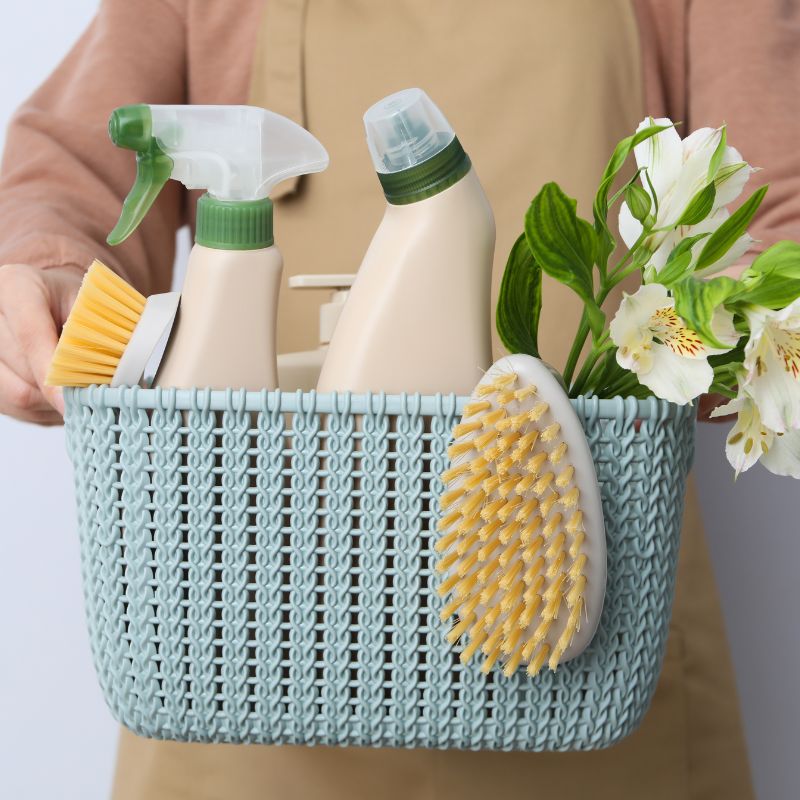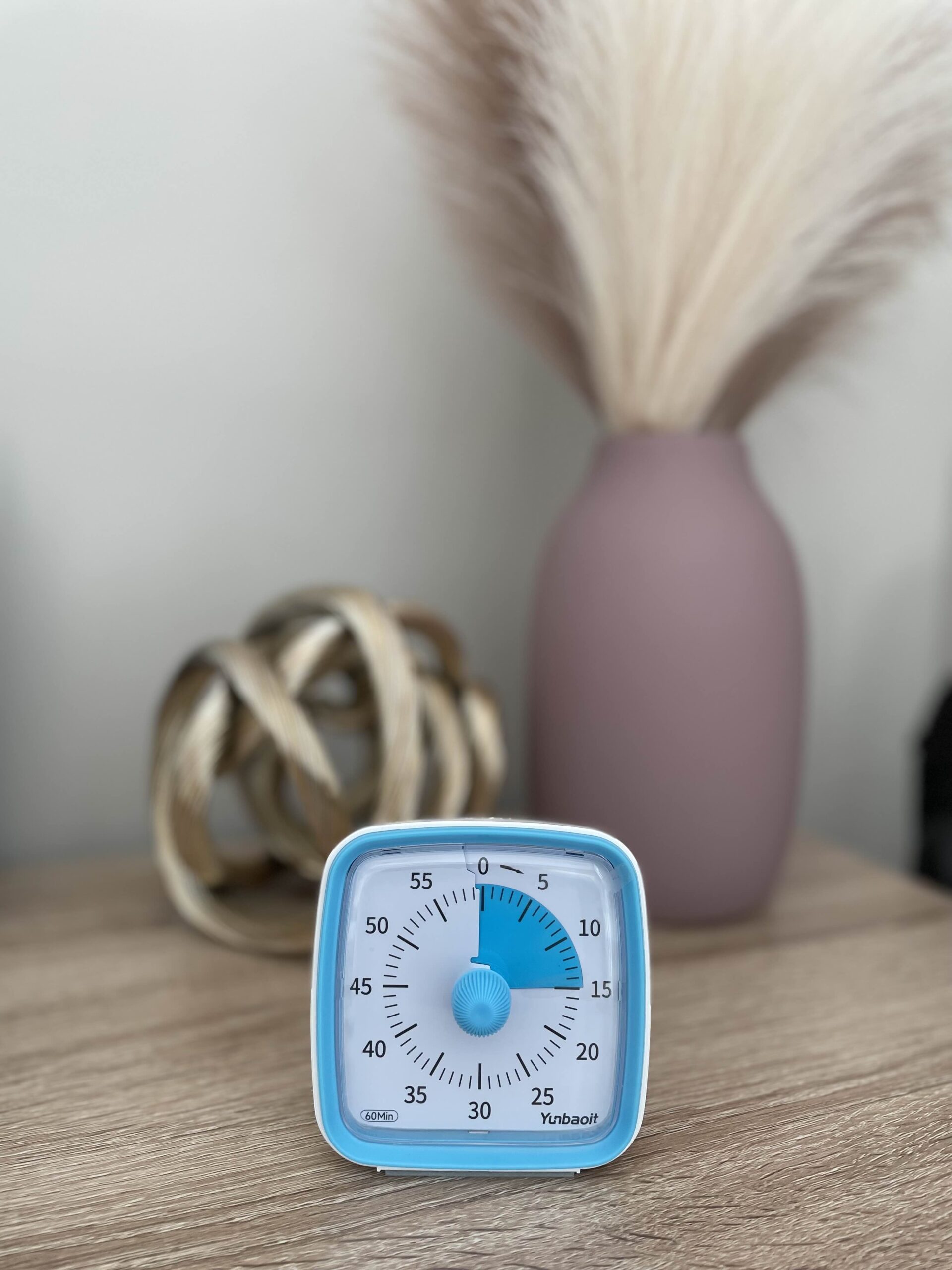This blog contains affiliate links and I may earn commission on some of the items you choose to buy, at no additional cost to you.
As a mom juggling countless responsibilities, I’m always looking for ways to streamline our household management. Enter the world of Agile methodology – not just for software development, but for family life too! One key aspect of Agile parenting is involving our child in age-appropriate chores (known as “tasks” in our household!). Let me share how this has worked in our home and explore how assigning age-appropriate tasks can benefit both you and your little ones.
Our Recent “Sprint” Success
Last week (or as we call it in our Agile household, our last “sprint”), my son took on several tasks that not only helped our household run smoother but also gave him a sense of accomplishment. Here’s what he managed to do:
- Put away his toys before bedtime
- Helped feed our dog before our family dinner
- Assisted with laundry by sorting clothes and helping transfer them between the washer and dryer
- Picked weeds from the flowerbeds
Seeing him take on these responsibilities with enthusiasm inspired me to share our experience and encourage other parents to involve their kids in age-appropriate tasks.
Why Involve Kids in Age-Appropriate Tasks?
- Builds responsibility: Kids learn to contribute to the family unit.
- Develops life skills: They gain practical skills for future independence.
- Boosts confidence: Accomplishing tasks fosters a sense of capability.
- Teaches time management: Kids learn to balance responsibilities and play.
- Lightens your load: More hands make for lighter work!
Age-Appropriate Task Ideas
Toddlers (2-3 years)
- Put toys in designated storage bins
- Make cleanup fun for your little one with these sturdy storage bins.
- Help feed pets
- Make pet feeding easy with this airtight container and scoop.
- Assist in making their bed
- Find adorable toddler bedding sets at Target.
- Simple dusting with a small duster
- The Swiffer duster is perfect for our son’s little hands!
Preschoolers (4-5 years)
- Set the table
- Never worry about a broken plate with an unbreakable dinnerware set.
- Water plants
- Get little ones involved with their own watering can.
- Help sort laundry by color
- Make sorting easy with a divided laundry hamper.
- Put away groceries (non-breakable items)
- Use a sturdy step stool to help little ones reach the shelves.
Early Elementary (6-8 years)
- Make their bed independently
- Find popular kids bedding sets at Wayfair.
- Vacuum or sweep floors
- Use a lightweight cordless stick vacuum to get kids involved.
- Help prepare simple meals
- Use children’s cooking knives to get kids involved in meal prep.
- Load and unload the dishwasher
- Never worry about a broken plate with an unbreakable dinnerware set.
Older Elementary (9-11 years)
- Do their own laundry
- Make transportation easy by using a laundry basket with wheels or a laundry basket with handles.
- Clean the bathroom
- Use 7th Generation Cleaning products that are tested to be safe for your family.
- Take out the trash
- Use a lightweight trash can for easy transportation.
- Help with meal planning and grocery lists
- Use a U Brands whiteboard for weekly meal planning.
Tweens and Teens (12+ years)
- Mow the lawn
- Prepare family meals
- Deep clean rooms
- Help with household budgeting
Implementing an Agile Approach
- Create a family task board: Use a whiteboard or app to list and track tasks.
- Hold family stand-ups: Brief daily meetings to discuss tasks and progress.
- Rotate responsibilities: Keep things fresh by switching up assignments.
- Celebrate wins: Acknowledge completed tasks and improvements.
- Iterate and improve: Regularly review and adjust your system.
Take Your Agile Home Management to the Next Level
Are you inspired to bring more agile practices into your home management? If you’re ready to transform your household tasks into a well-organized, efficient system, I’ve got just the tools for you!
Introducing two comprehensive guides to revolutionize your home management using Agile principles:
- “Mastering Your Home Backlog“: Your step-by-step guide to creating a master household task list. This e-guide will help you:
- Identify and prioritize all your household tasks
- Break down big projects into manageable chunks
- Estimate effort more accurately
- Involve the whole family in home management
- “Sprinting to Success“: Learn how to implement effective sprint planning in your home. This guide covers:
- Setting up and running family sprint planning sessions
- Creating and managing a family task board
- Conducting daily stand-ups and sprint retrospectives
- Adapting to changes and unexpected challenges with ease
Whether you’re new to Agile or looking to refine your existing system, these guides will help you bring order to the visible and invisible tasks and create a more efficient household focused on shared responsibilities.
Ready to revolutionize your home management?
- Get your copy of “Mastering Your Home Backlog“
- Grab “Sprinting to Success“
- Or save with our bundle deal and get both guides
Start your journey towards a balanced, equitable home life today!
Conclusion: Embracing the Realities of Parenting Young Children
While I’ve shared our successes, it’s important to acknowledge the full spectrum of parenting experiences. My son is 3 years old, and there are times when he embodies every aspect of his age – which means he doesn’t always want to help with tasks. And that’s perfectly normal and acceptable.
There are days when he’s excited to feed the dog or help with laundry, and other days when he’d rather play with his toys or have some downtime. As parents, it’s crucial to remember that:
- Consistency is key, but flexibility is important: While we aim to maintain a routine, it’s okay to adapt based on your child’s mood or energy level.
- Forced participation can backfire: If a child is consistently resistant to a task, it might be too challenging or not engaging enough. Consider adjusting or trying a different approach.
- Respect their developmental stage: At 3, my son is still learning to regulate his emotions and desires. Some days, he simply needs more play and less responsibility.
- Model a positive attitude: Even when my son doesn’t want to participate, I try to maintain a cheerful demeanor while doing the tasks myself. This often encourages him to join in.
- Celebrate the wins, no matter how small: On days when he does help, even if it’s just for a few minutes, we make sure to acknowledge and appreciate his effort.
Remember, the goal of involving kids in age-appropriate tasks isn’t to create perfect little helpers. It’s about gradually introducing responsibility, fostering a sense of belonging within the family unit, and building life skills – all while respecting their individual personalities and developmental stages.
In our Agile household, we’ve learned to embrace the natural fluctuations in a preschooler’s willingness to participate. Some weeks are full of enthusiastic help, others… not so much. And that’s all part of the beautiful, complex journey of parenting.
How do you handle days when your kids are less than enthusiastic about helping out? Share your strategies and experiences in the comments below!
Want to learn more about implementing an Agile Home Management System in your family? Follow @agilemomlife on Instagram for daily tips, strategies, and inspiration for creating a more balanced and empowered family life.







